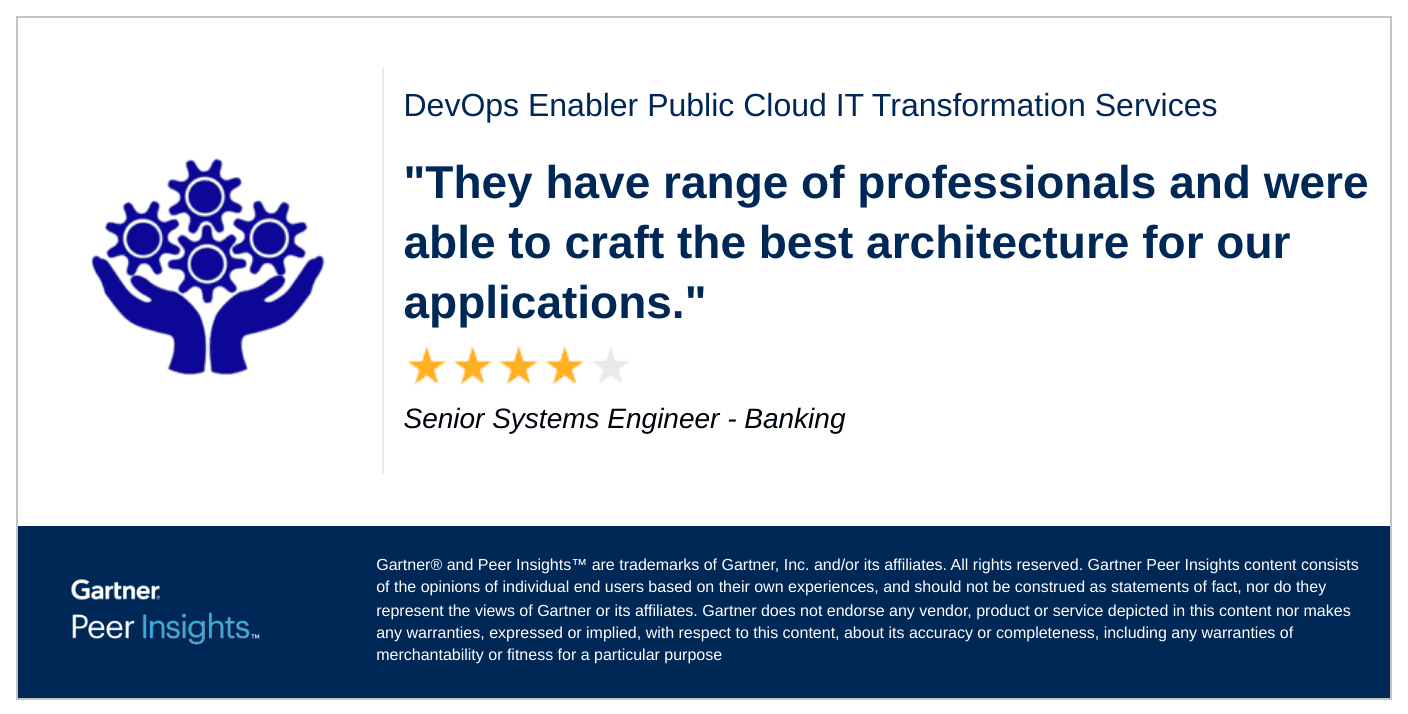Adopt and utilize cloud computing technology
Organizations can assess their readiness for cloud adoption and make informed decisions about transitioning to cloud services. Identify potential challenges, risks, and opportunities, allowing businesses to strategize and plan their cloud migration journey effectively. This assessment empowers businesses to make informed decisions, maximize the benefits of cloud technology, and pave the way for a successful and efficient transition to the cloud.












